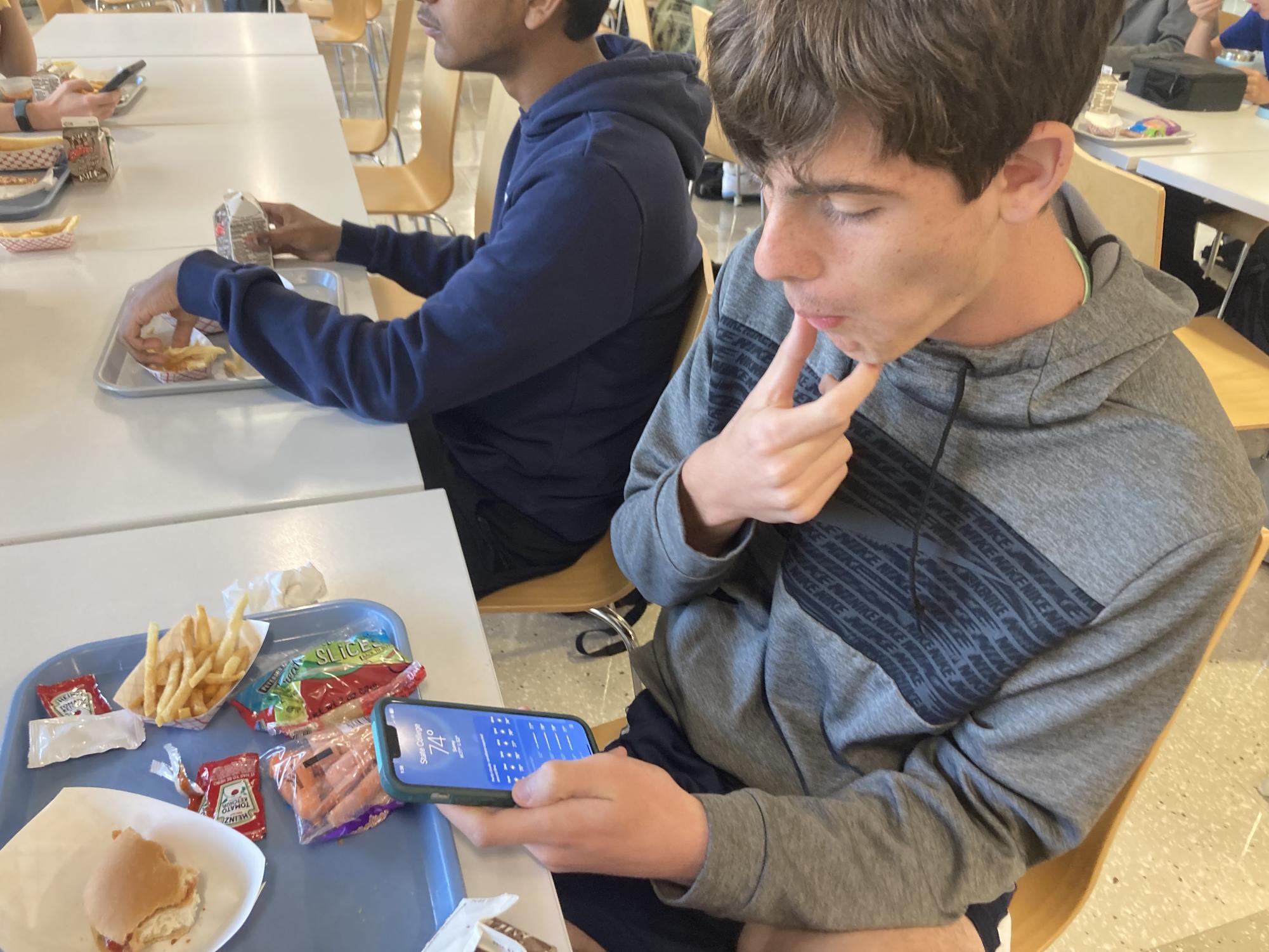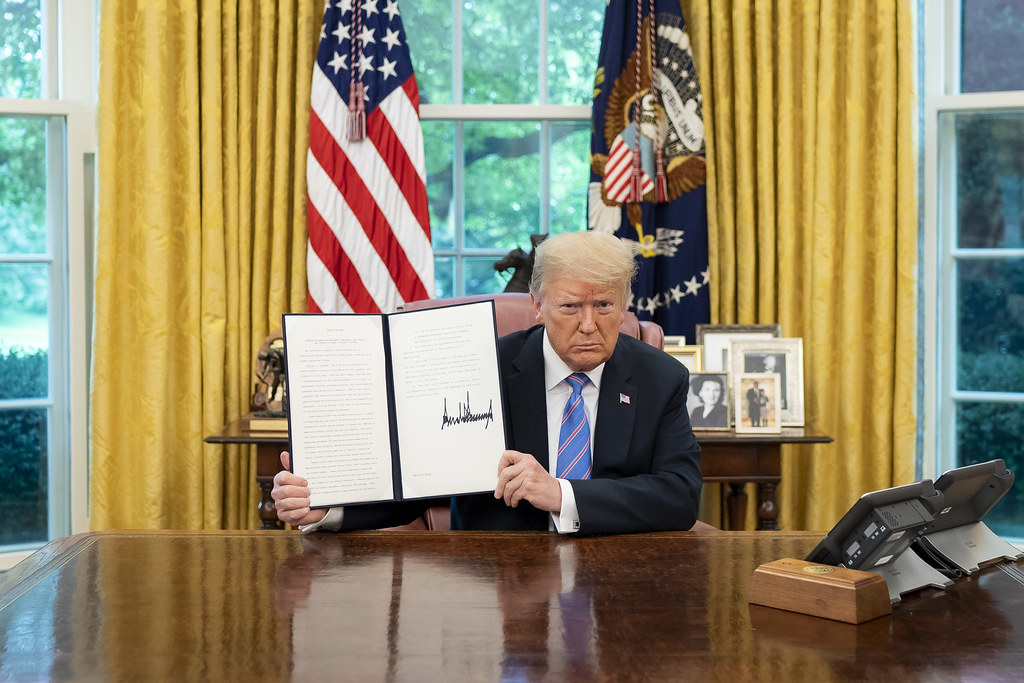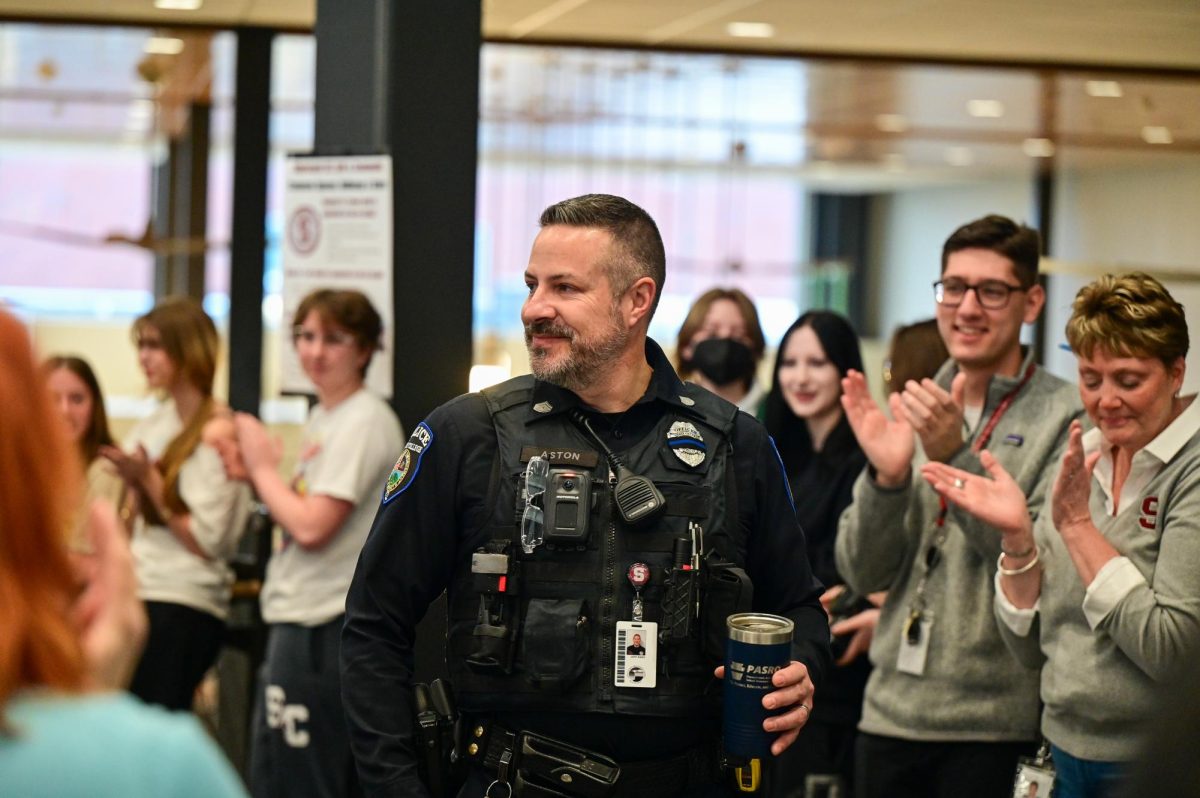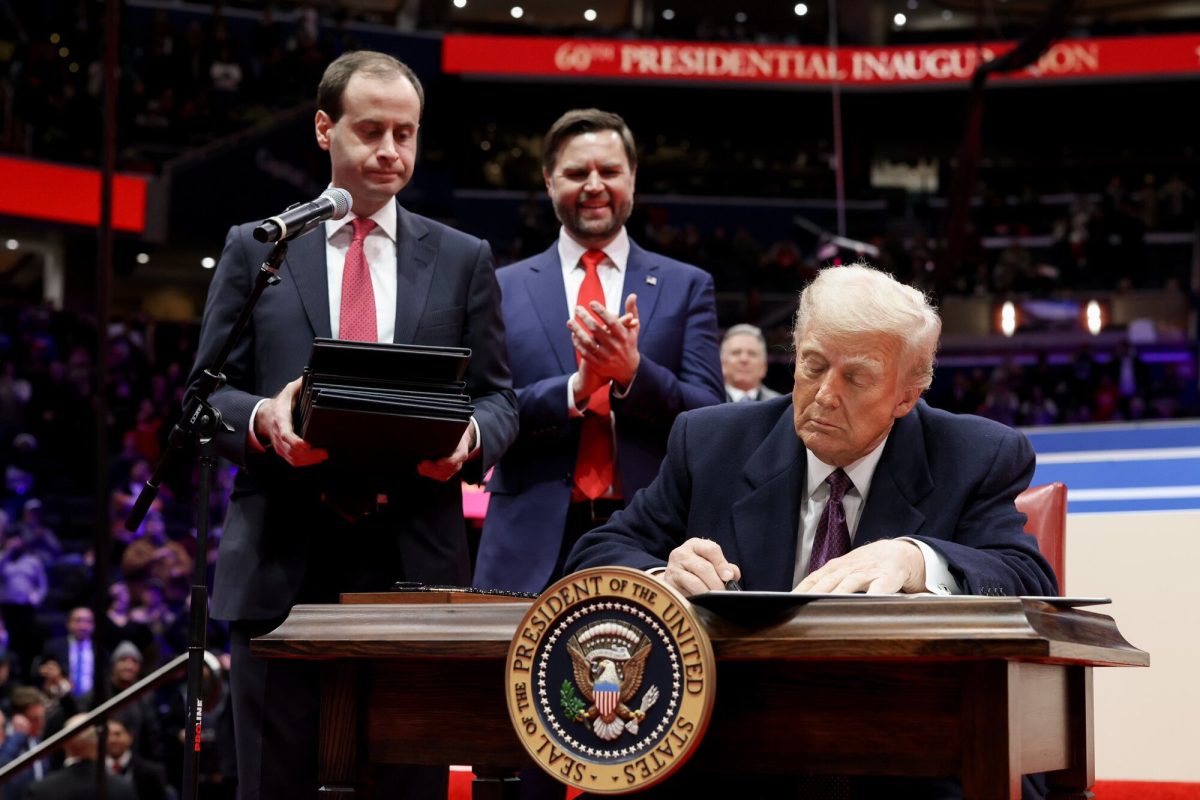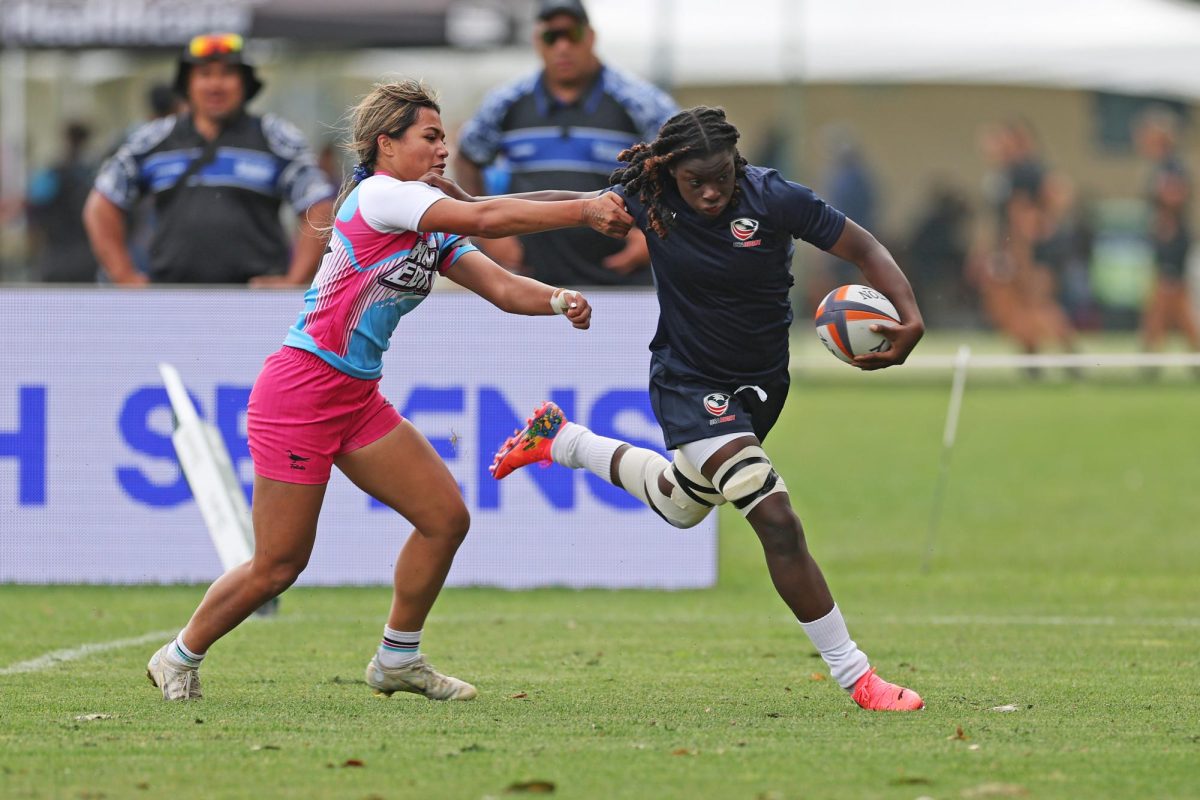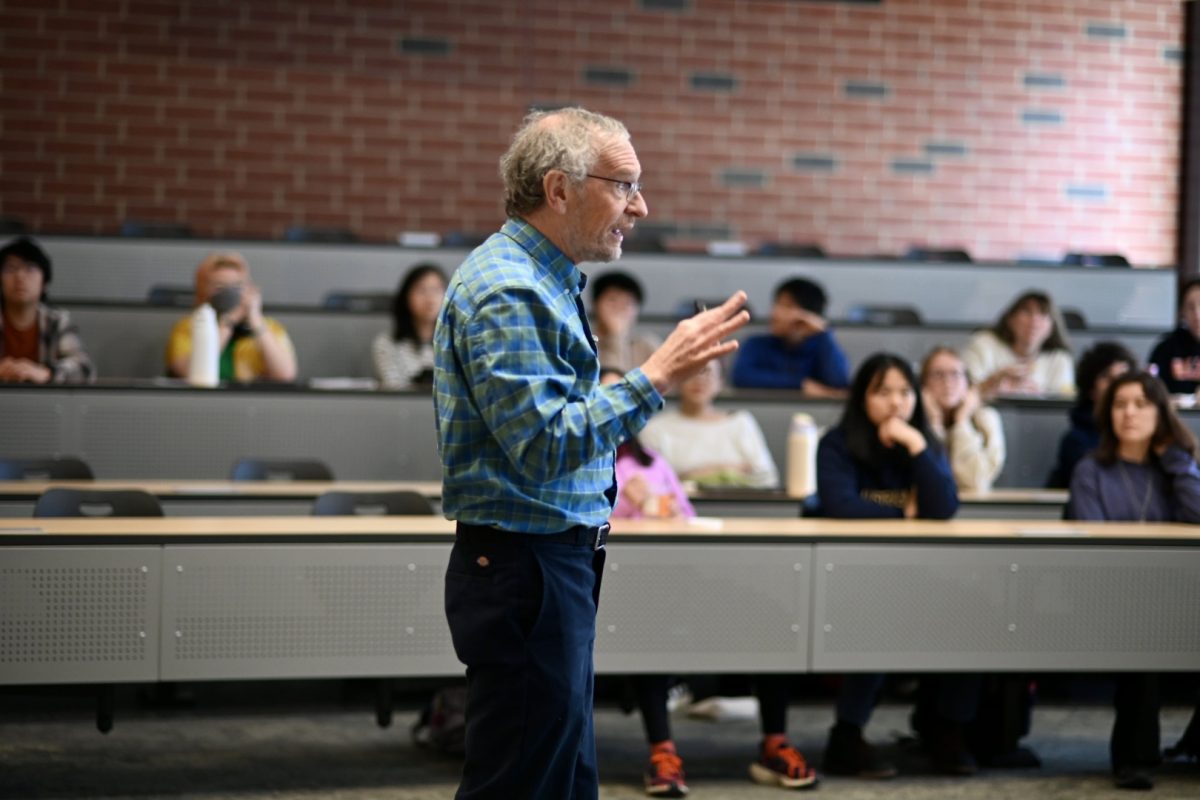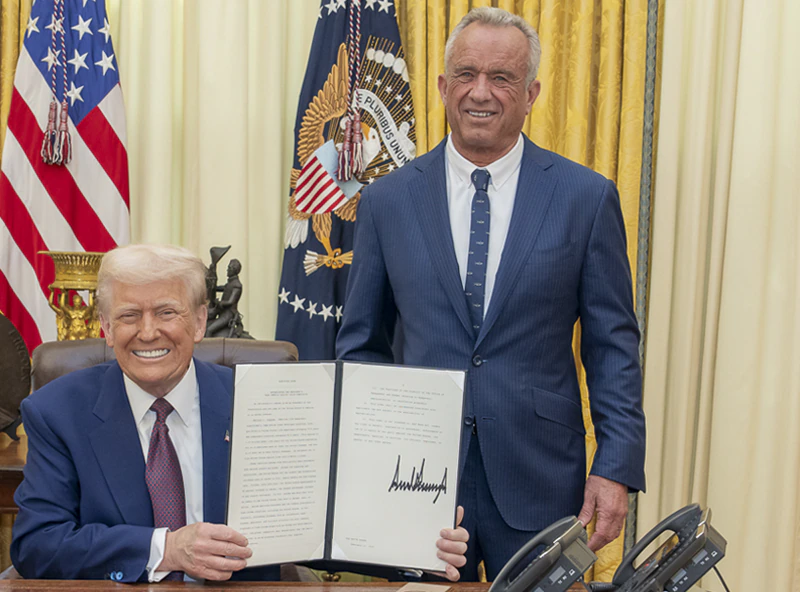Following a pattern similar to other Pennsylvania schools, State High has adopted a cellphone procedure. Students are now required to place their phones in their backpacks at the beginning of classes. Additionally, they cannot take their phones outside the classroom during instructional time, like when using the bathroom. The only time students are allowed to use their phones is during non-instructional times, such as during lunch or in the hallways during class changes.
Assistant Principal and Ninth Grade Administrator Danielle Ambrosia explained that the restriction of phone use isn’t a policy, but rather a procedure.
“I think it’s important to point out is it’s not a policy,” Ambrosia said. “The procedure this year at the high school kind of culminated from a few different things. Mrs. Tobias and our team met with student leaders over the summer, and they had a lot of great insights.”
Additionally, she wants students to know that the faculty at State High are looking through students’ and parents’ eyes as they implement the procedure.
“We did not want to impose a ban as a high school team. I think one of the unique things about our team is we’ve all taught for a good amount of times, many of us even in this building, so we know the student body pretty well, and we were really pointed in that we did not want to ban phones, because it’s not realistic,” Ambrosia said. “It’s not fair to parents. I am a parent in the district, once my children are of age to have a phone, I would expect if I needed to contact them in an emergency or something, that I would want to be able to do that.”
Ambrosia mentioned that Delta already has a phone procedure in place, along with the SCASD middle schools. The choice to adopt a procedure at State High is aimed at promoting an environment that benefits both students and faculty.
Junior Owen Viglione was aware of the middle school procedure similar to the one at State High and said that he’s accustomed to the ban in classrooms.
“During middle school, I wasn’t allowed to [use my phone in school],” Viglione said. “[My school] didn’t want the disruption.”
Although phones can cause disruptions in the learning environment, cell phones can still be used in a positive way in class.
“I think there [are] good and bad parts of [the new procedure] because phones can be a resource, but they can also be a distraction,” Viglione said. “So both in a way. All depends on how they are used.”
Ambrosia agreed. “The [procedure], it does delineate for that. It says if teachers want students to use their phones for a Kahoot or… a calculator, that is totally okay. But it’s the teacher’s call, and that way people in their classrooms have autonomy,” she said.
Many students have shown displeasure with the procedure, but Ambrosia encouraged students to get involved.
“If students do have feedback, I would encourage them to go to Leadership Council and to go speak with their student representatives, because we will be talking with them about what this [will] look like in the future,” Ambrosia said.
Students can go to Leadership Council, or talk to members of the student government if they want to see adjustments to the new procedure in the future.


